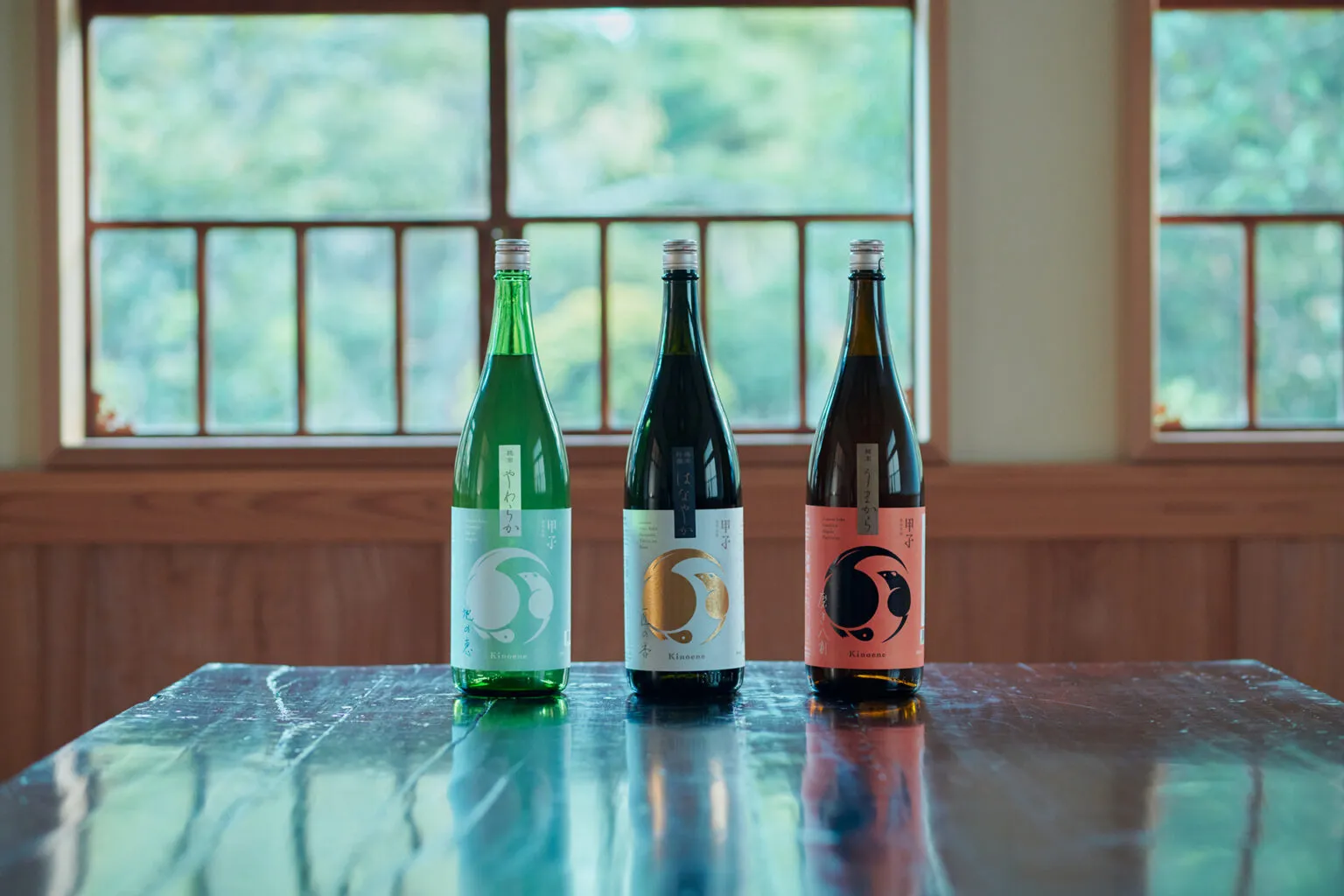
Things to Do | Visit Chiba | Latest update:2025/02/14
Iinuma Honke is a famous family-owned sake brewery found in the town of Shusui with over four-hundred years of history. Its storied past and countryside location make it a great place to experience traditional sake brewing that makes use of local ingredients and classical techniques, fused with modern day knowhow and technology. It’s located about a 20-minute drive from Narita Airport, and their brewery tours, shop, cafe, and restaurant make it an ideal destination for sake fans to unwind after a long flight or make one last travel memory before leaving Japan.
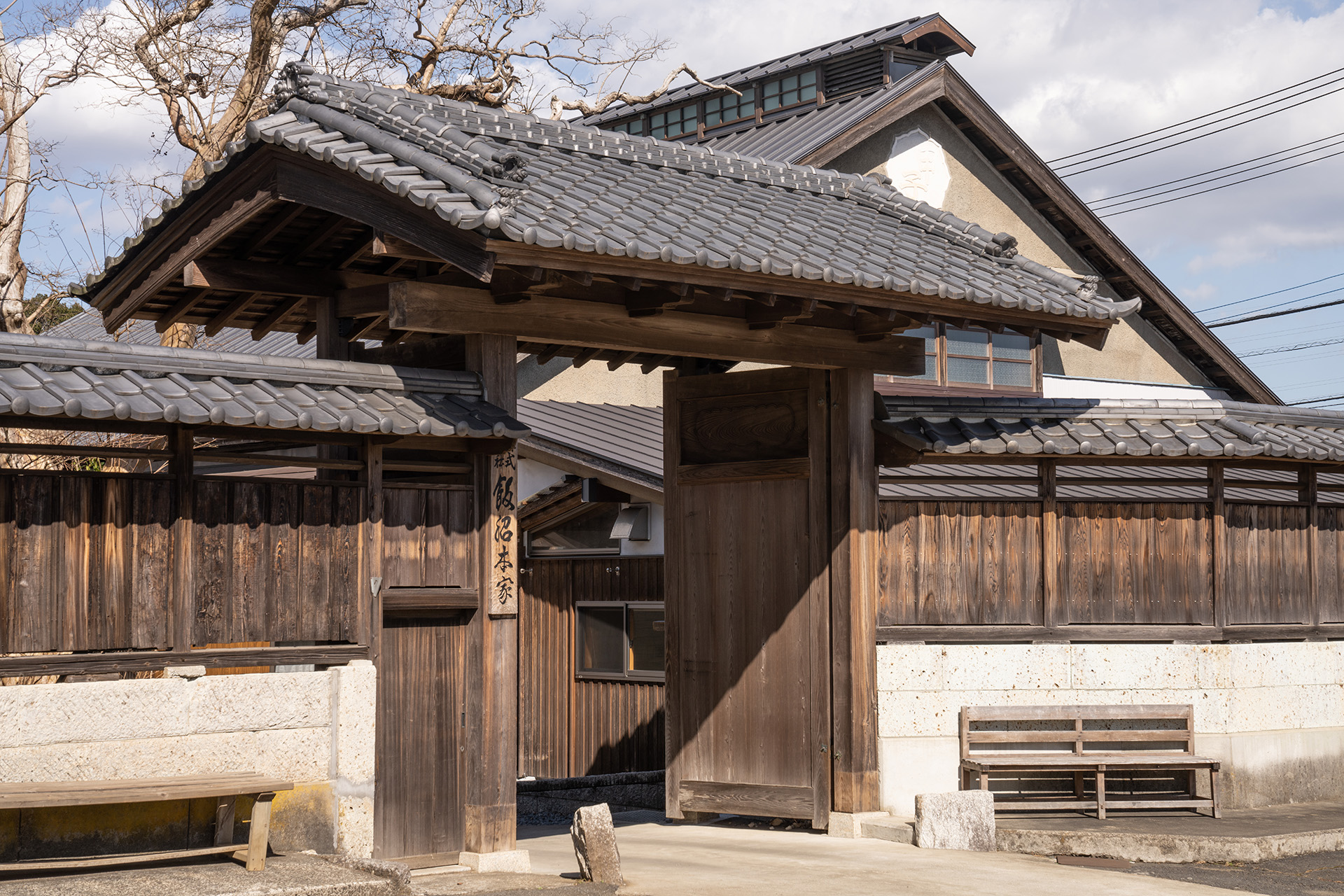
The family name of Iinuma belonged to a wealthy farmer and local leader of his time. During their four-hundred-year history on this site, the Iinuma family engaged in a wide variety of business: from forestry to tea, to the silkworm industry, and also the financial sector. With their property located here in the Sakura Domain, in the Genroku era (1688-1704), the Iinuma family received permission from the Edo Shogunate to brew sake to be dedicated to shrines and temples, and thus they began to produce sake. During the transition period from the Edo period to the Meiji period, the government granted brewing licenses to influential people in the local area, and this marked the beginning of the family’s commercial brewery. The area itself was also a natural fit for the sake brewing industry, as the township of Shisui is blessed with abundant sources of premium water. The Chinese characters of the town’s name are even “sake, sake, (water) well”; based on a myth that a “well of sake” was found in this region.
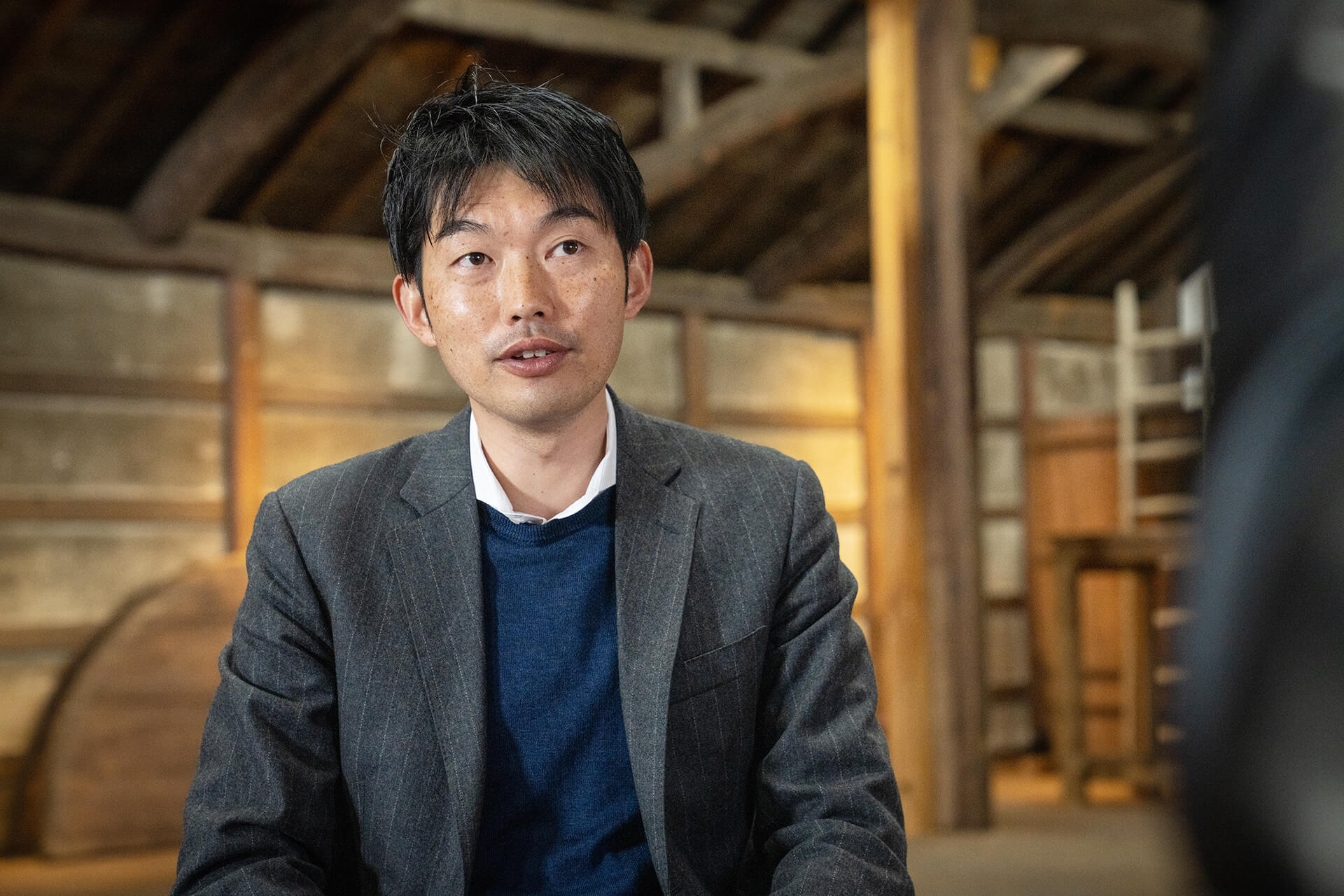
Kazuyoshi Iinuma serves as the current Senior Managing Director. He told us that “We make efforts to try to pass on our history and information regarding our historical figures.” Today, visitors can experience this legacy by participating in a brewery tour, checking out the Sakagura Café and sake shop, and dining at their newly opened restaurant Kinoene Omoya.
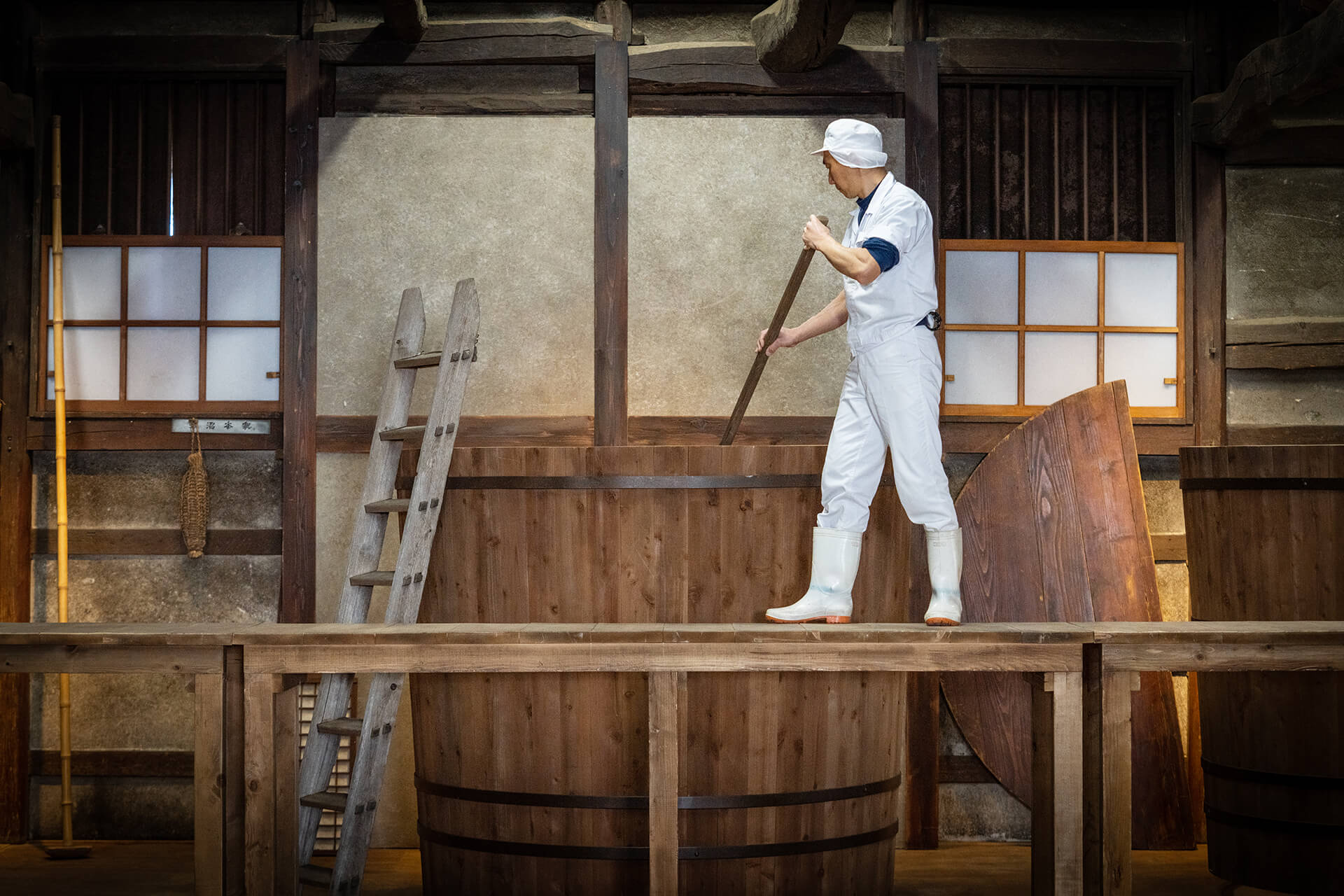
Beyond the simple acts of buying and drinking sake, Iinuma Honke offers a chance to learn about the alcoholic beverage through first-hand experience. This is the raison d’être of their guest center; they want visitors to gain knowledge of sake culture. Visitors who partake in the brewery tour – limited to ten people at a time – can meet sake craftsmen demonstrating their time-honored process. At the end of the tour, you may also sample three different kinds of sake and then browse the shop if you’d like to purchase more.
For those interested in taking the tour, reservations can be made on this website (Japanese):
https://www.jalan.net/kankou/spt_guide000000187303/activity_plan/?screenId=OUW3701&rootCd=3
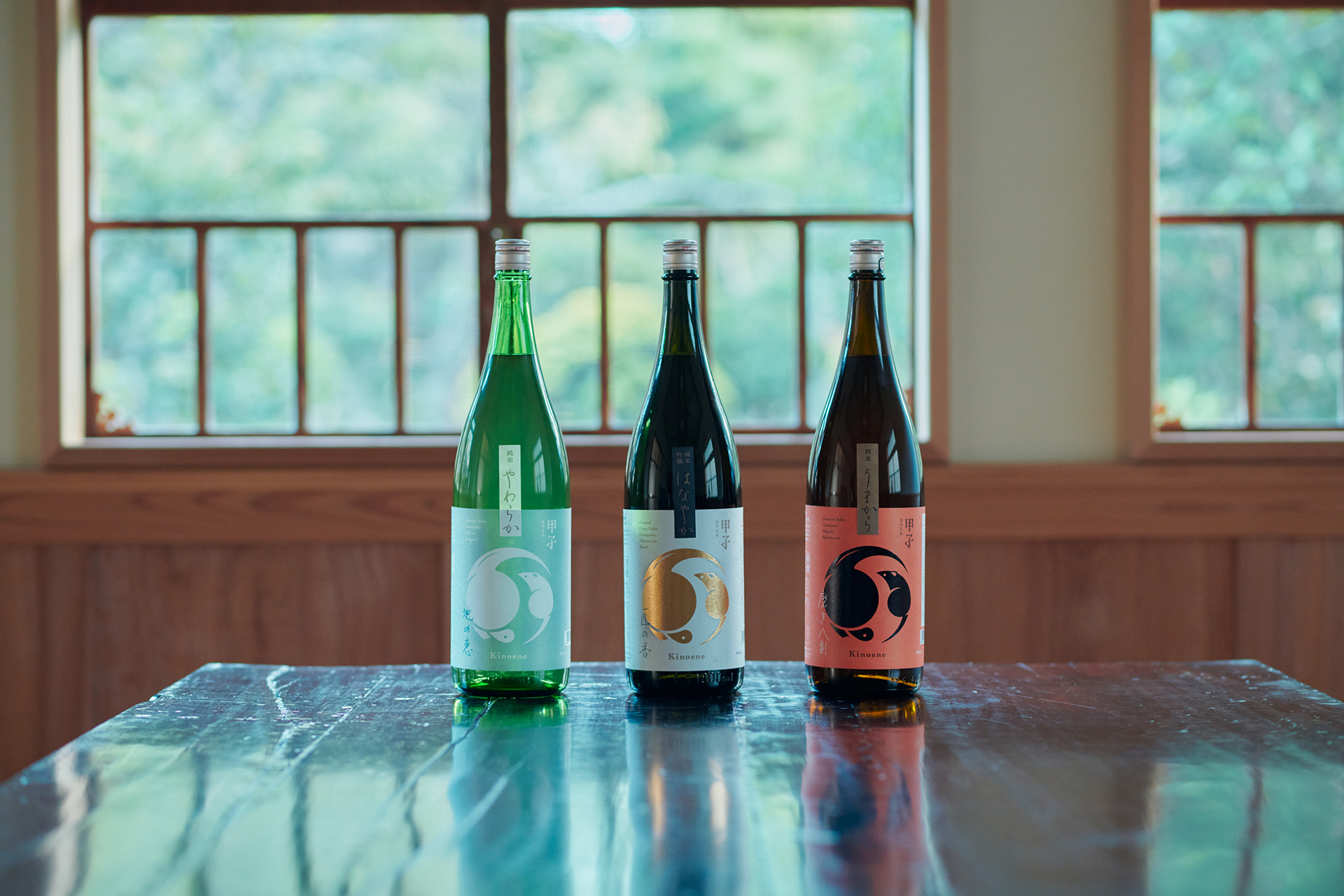
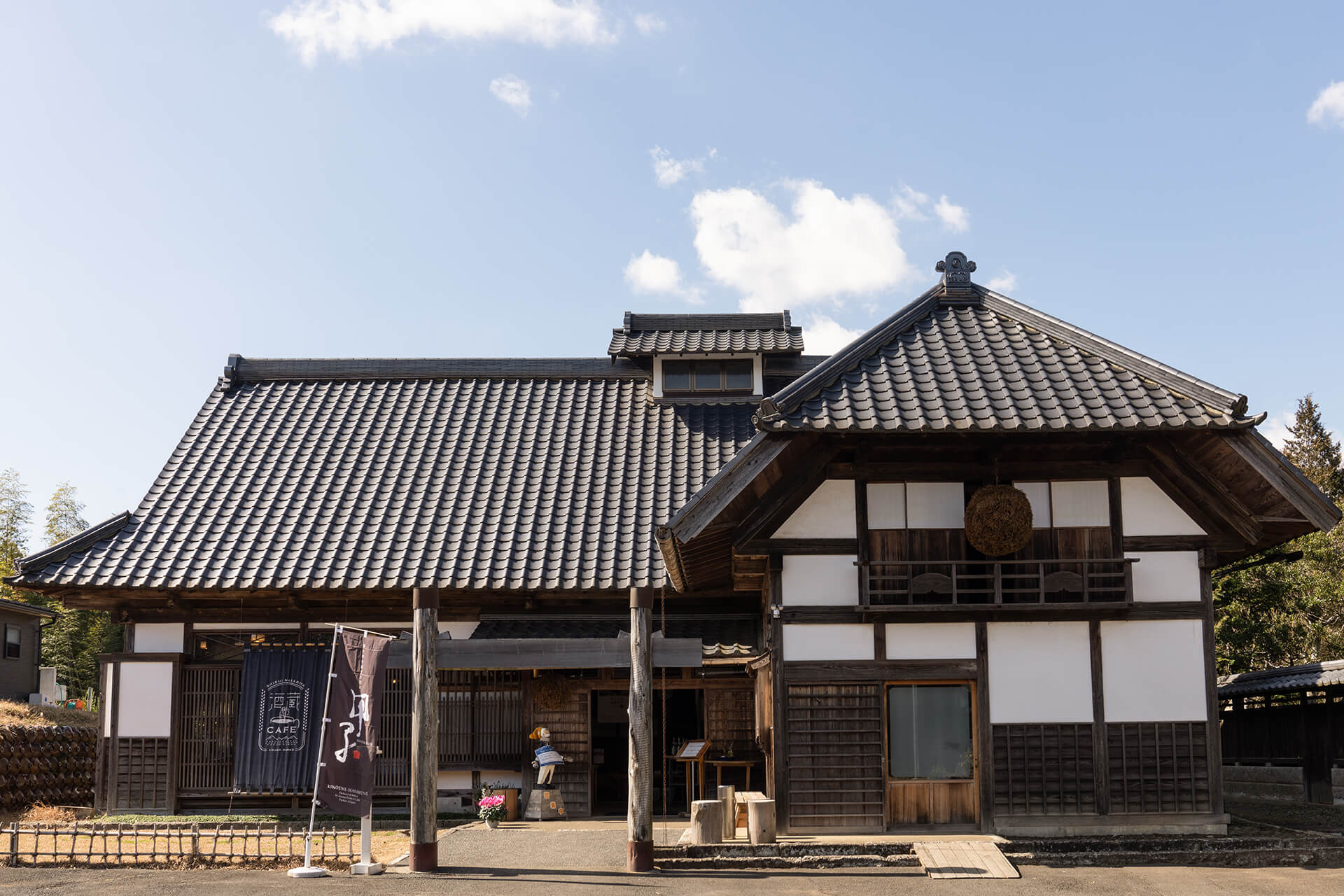
The Sakagura Café offers various meals, prepared with a focus on using local ingredients whenever possible. The reason the brewery started a café was that one of their staff produced a curry with sake dregs. Since everyone praised it, they wanted to offer it to their guests. The ambience on offer here also adds to the dining experience. The main floor’s decor reflects a classic Japanesque aesthetic conserved from centuries past, and the second floor dazzles like an Edo-period attic; complete with antique-looking fauteuils and vintage wooden-slat flooring.
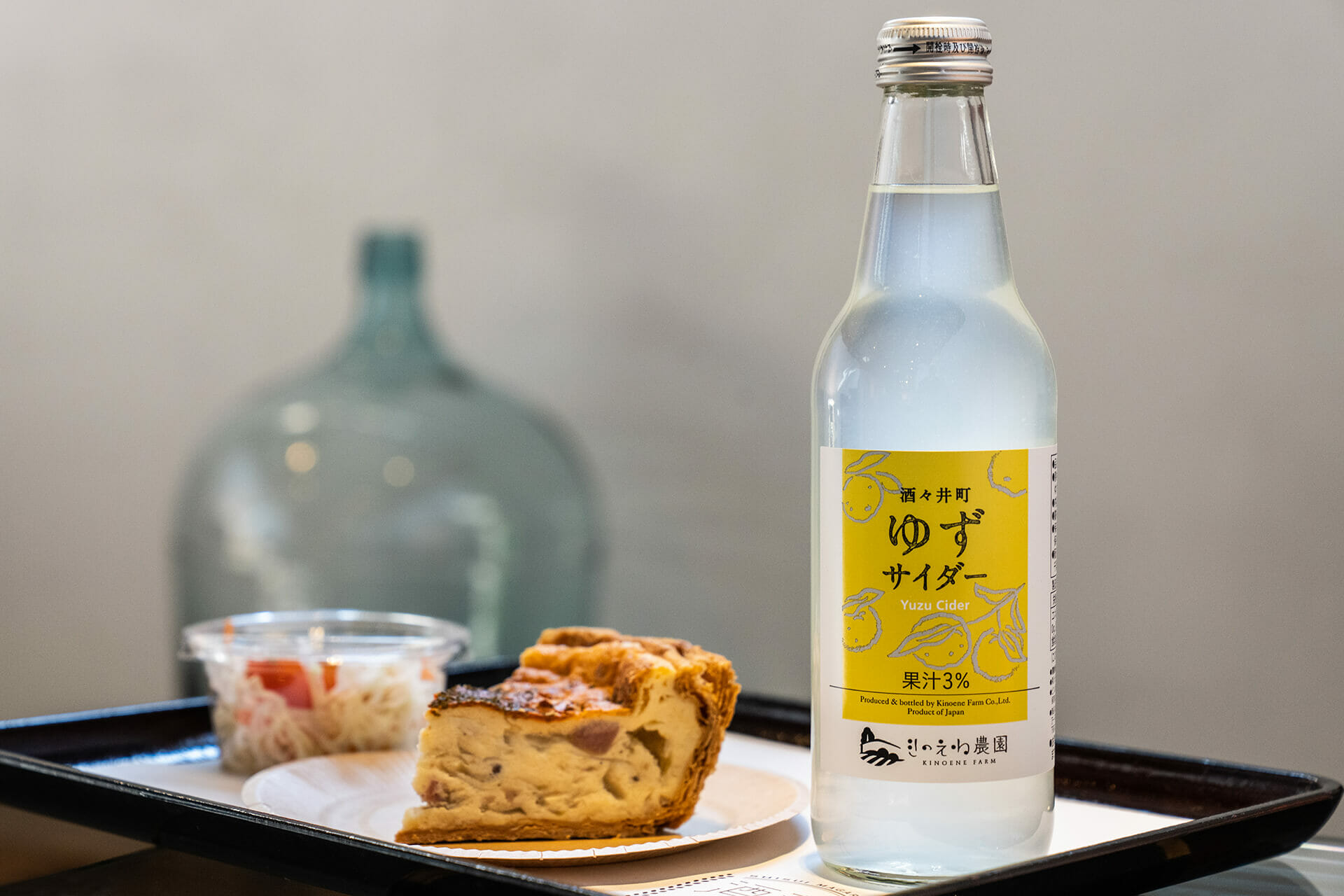
One of the newest additions to the Iinuma Honke brewery property is the Kinoene Omoya restaurant. Although the restaurant itself is new, it’s actually housed in the renovated 400-year-old Iinuma family residence. We recently took a trip there and you can read all about our experience in the article below:
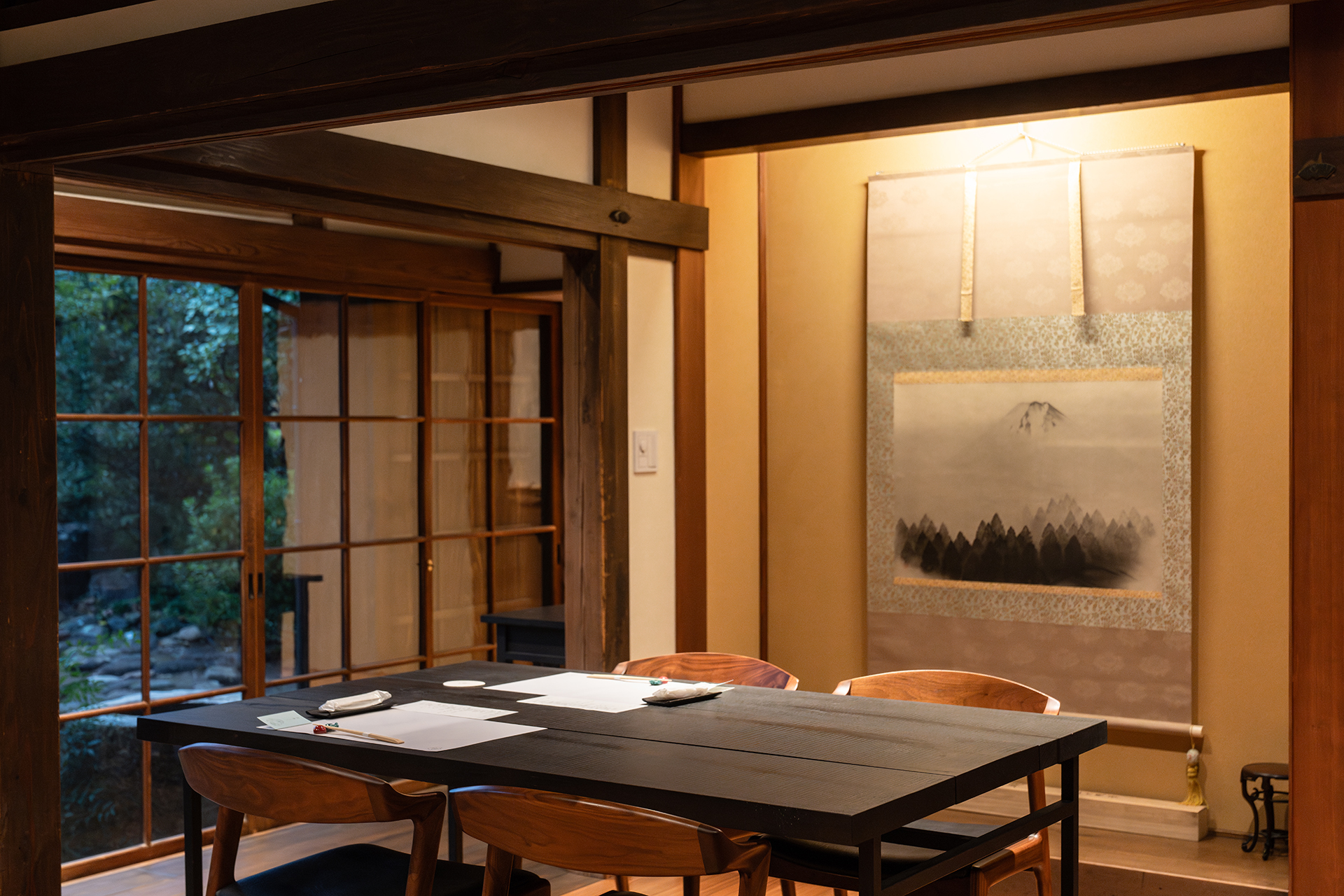
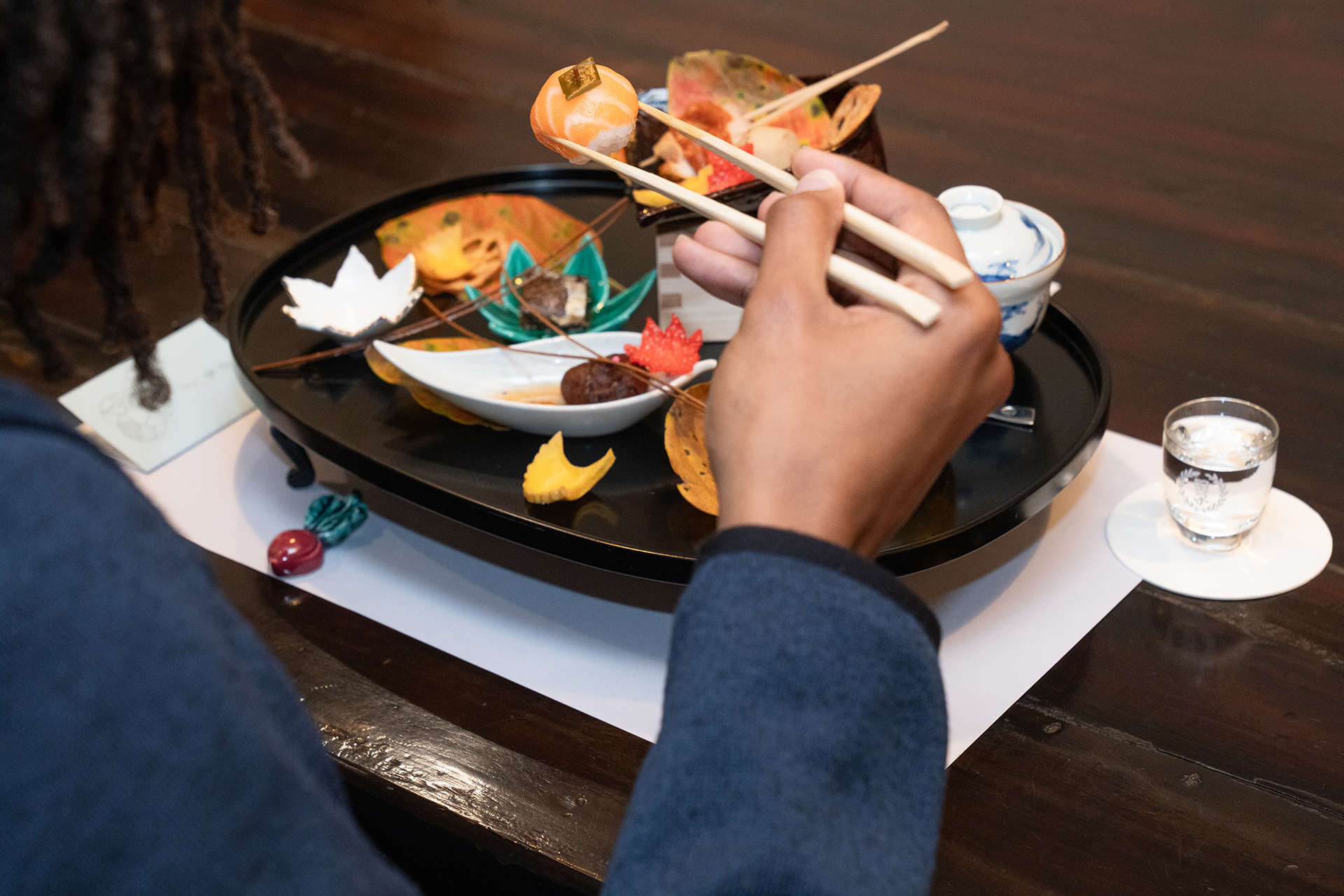
106 Umabashi, Shisuimachi, Inbagun
(A 10-minute walk from JR Minami Shisui Station)
+81-43-496-1111
Accessibility